The Engagement Ring Style Guide
Choosing an engagement ring is a significant decision, symbolising love and commitment. With countless options available, understanding the various styles, settings, and claws can help you find the perfect ring that reflects your unique relationship. Discover the most popular types of engagement rings, the different settings that enhance and secure the gemstones, and the various claw types that add beauty and stability. This guide will provide the essential information to make an informed and confident choice.
Engagement Ring Styles
The style is one of the most defining aspects of an engagement ring. Here are some of the most popular engagement ring styles, each offering a unique look and feel to suit different tastes and preferences.
.jpg)
The Solitaire Engagement Ring
The solitaire engagement ring represents classic elegance. Featuring a single, stunning diamond as its centrepiece, this design highlights the natural beauty of the gemstone. The simplicity of the solitaire setting allows the diamond to shine without distraction, making it a timeless choice for those who appreciate refined sophistication.
.jpg)
The Solitaire Engagement Ring with Diamond Shoulders
The solitaire engagement ring with diamond shoulders adds a touch of sparkle to the classic solitaire design. In this style, the central diamond is complemented by smaller diamonds set along the band, or "shoulders," enhancing the ring's brilliance and providing an elegant transition to the main stone. This design is perfect for those who want a bit more sparkle while maintaining a classic look.
-(1).jpg)
The Cluster Engagement Ring
The cluster engagement ring, also known as a halo ring, features a central diamond surrounded by a "halo" of smaller diamonds. This setting enhances the visual impact of the centre stone, making it appear larger and more brilliant. The additional diamonds create a dazzling effect, perfect for those who want maximum sparkle and a glamorous look.
.jpg)
The 3-Stone Engagement Ring
The 3-stone engagement ring, or trilogy ring, symbolises a relationship's past, present, and future. It features a larger centre diamond flanked by two slightly smaller stones. This meaningful design adds extra brilliance and represents a beautiful journey of love and commitment. It's an ideal choice for those who cherish sentimentality and elegance.
.jpg)
The Vintage Engagement Ring
Our collection of vintage engagement rings showcases stunning diamond set pieces from the Roaring Twenties and exquisite Victorian, Edwardian, and vintage solitaire styles. Each ring embodies a unique, timeless look, evoking the charm and elegance of a bygone era. These meticulously crafted designs are perfect for those who appreciate history and distinctive, ornate details.
Engagement Ring Settings
The setting of an engagement ring plays a crucial role in its overall appearance and functionality. Here are some of the most popular engagement ring settings, each designed to enhance and secure the gemstone while adding to the ring's aesthetic appeal.
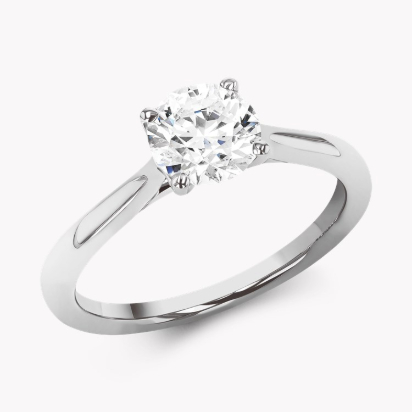
Four-Claw Setting
The prong, or claw setting, is the most classic and popular engagement ring setting. The four-claw setting uses four slender metal prongs to hold the diamond in place. This setting minimises the amount of metal around the stone, allowing maximum light exposure from all angles and enhancing the diamond’s brilliance.
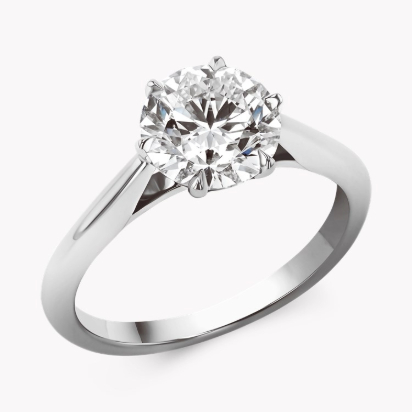
Six-Claw Setting
The six-claw setting secures the diamond using six symmetrical prongs. This classic setting provides enhanced stability and an elegant presentation of the stone. This setting lifts the stone above the band, enhancing its brilliance and sparkle. The prong setting is elegant and timeless, perfect for showcasing a central gemstone.
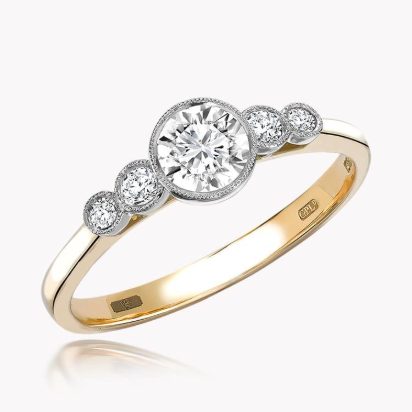
Bead Setting - Millegrain
The bead setting features small, round pieces of metal raised from the surface to secure each gemstone. Often used for accent stones along the band, the bead setting adds an extraordinary sparkle as the metal beads reflect light. This intricate setting is ideal for those who desire a ring with dazzling details and continuous shimmer.
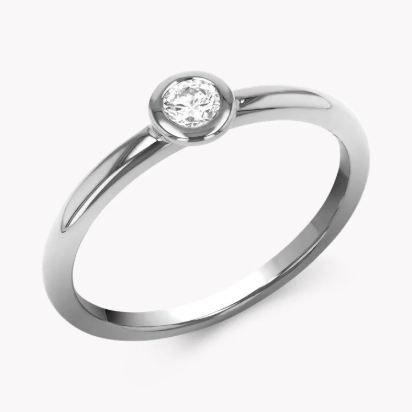
Bezel Setting
The bezel setting, also known as rub-over setting, features a unique design where the metal is skilfully pushed up and over the outer edges of the diamond, providing a secure and stylish contemporary look. This modern setting style not only offers excellent security for the precious stone but also gives a sleek and elegant appearance.
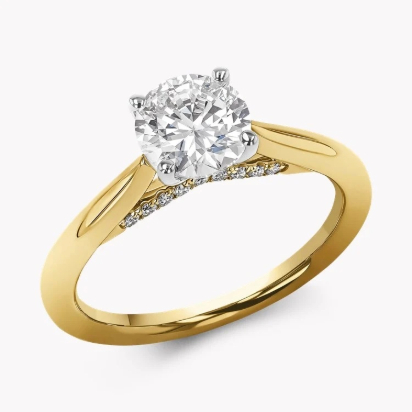
Cathedral Setting
The cathedral setting features a shank that gently curves upwards, resembling the graceful arches of a cathedral, creating a beautiful silhouette that draws the eyes towards the centre stone, emphasizing its brilliance. This design is perfect for someone who appreciates timeless beauty and wants their diamond to be the ring's focal point.
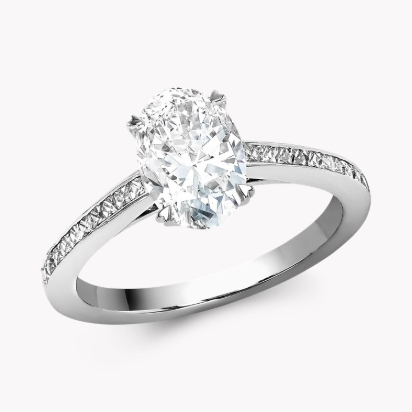
Channel Setting
The channel setting features diamonds between two parallel walls of precious metal, creating a smooth and stylish look. The diamonds are flush with the band, offering a seamless light flow and exceptional durability. Prized for its modern aesthetic and secure hold, it is a popular choice for those who prefer a contemporary design.
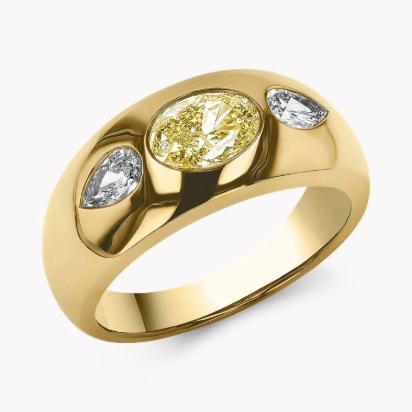
Flush Setting
The flush setting involves placing diamonds in hollows within the band and securing them by pressing the metal over the gems' girdles. This setting protects the gemstones by positioning them at or below the metal's surface, creating a sleek look, perfect for those who prefer a minimalist design with a touch of sparkle.
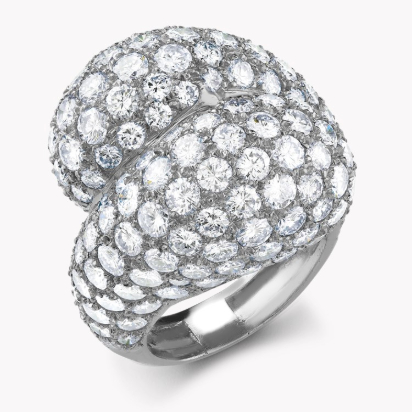
Pavé Setting
The pavé setting, derived from the French word for "pavement," involves setting small diamonds closely together, creating a surface that appears to be paved with gemstones. Each gem shares a bead with its neighbour, creating a continuous, sparkling look, perfect for those who want their ring to have a radiant glow from every angle.
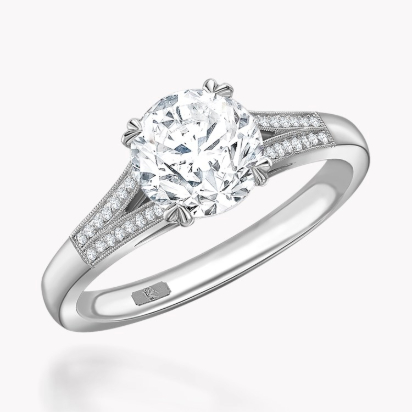
Split Shank Setting
A split shank setting features a band that splits into two or more strands as it approaches the centre stone, creating a distinctive and elegant look. This design adds visual interest and provides additional support and stability to the gemstone. The split shank can be adorned with smaller accent stones or left plain for a more minimalist appearance.
Engagement Ring Claws
The type of claws, or prongs, used in an engagement ring setting can significantly influence the ring's appearance and the security of the gemstone. Here are some popular engagement ring claws, each offering different benefits and styles to suit various preferences and gemstone shapes.
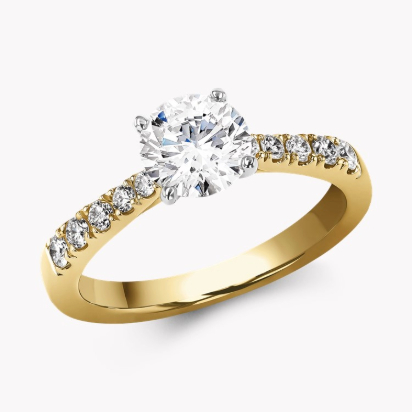
Ball Claws
Ball claws are small, rounded prongs that hold the diamond securely in place. They provide a modern and minimalistic aesthetic, allowing the diamond to shine as the focal point.
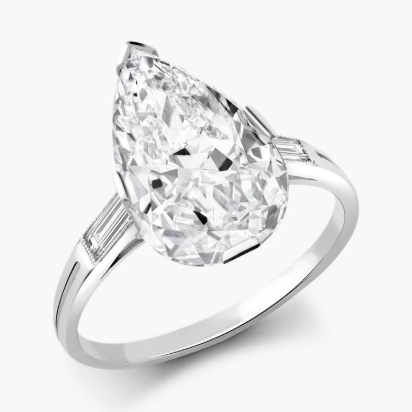
Box Claws
Box claws encase the tips and corners of the diamond, providing extra protection. This style is particularly suitable for shapes like princess cuts and the tips of pear-shaped diamonds.
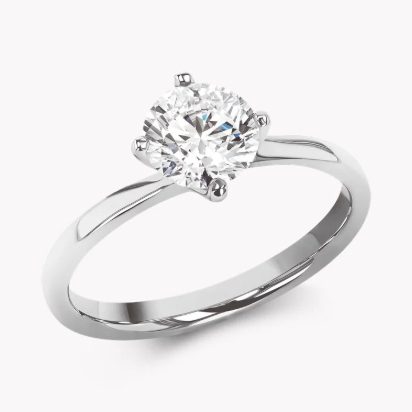
Compass Claws
Compass claws are positioned at the cardinal points around the centre stone, resembling a compass. This unique arrangement adds a distinctive touch to the ring's design.
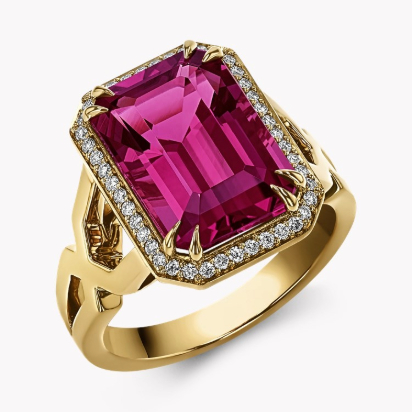
Double Claws
Double claws involve two smaller prongs placed close to each corner or side of the gemstone. This setting adds extra security and unique visual detail, especially for larger gemstones.
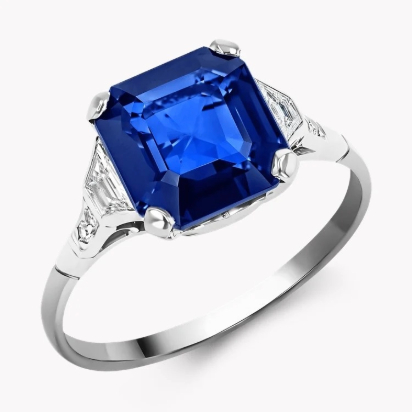
Flat Claws
Flat claws feature broad, flat surfaces that provide a secure grip on the gemstone. They are popular in modern and geometric ring styles, allowing the gemstone to take centre stage.
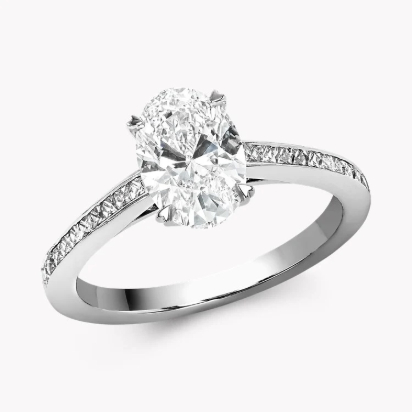
Pointed Claws
Pointed claws have sharp, tapered tips that secure the gemstone with a modern look. These claws help to highlight the corners of specific gemstone cuts, like princess or emerald.
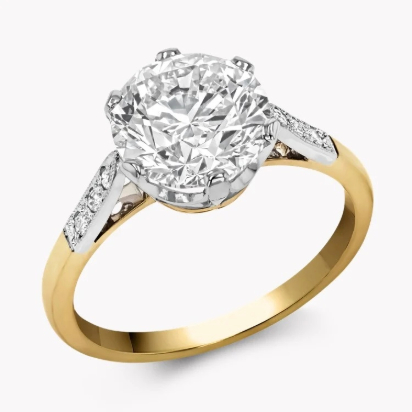
Round Claws
Round claws, or round prongs, have smooth, rounded tips that gently hold the gemstone in place. They allow maximum light to enter the stone for enhanced brilliance.
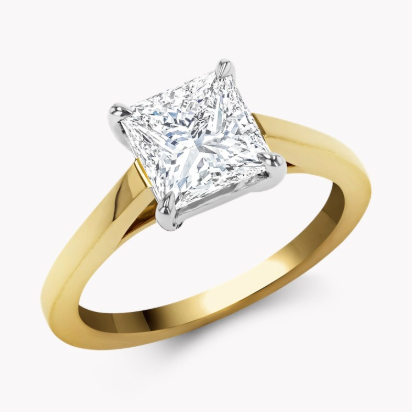
Talon Claws
Talon claws are shaped like an eagle’s talons, with the claws tapering towards the centre of the stone. This classic style adds a touch of elegance and sophistication to the ring.
Frequently Asked Questions
Below are the answers to our most commonly asked questions. Should you want to find out more please feel free to Contact Us and begin your Pragnell experience.
Engagement CLP Page